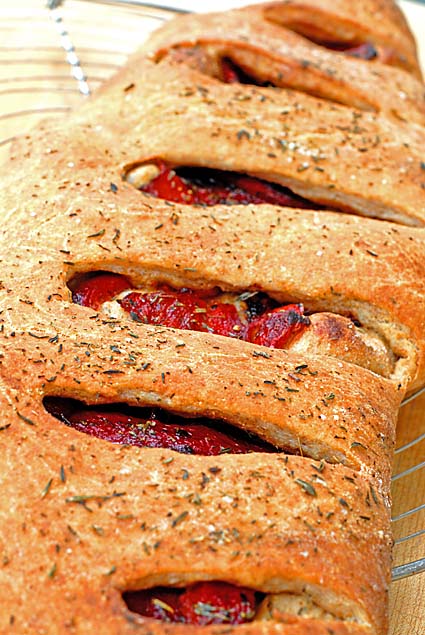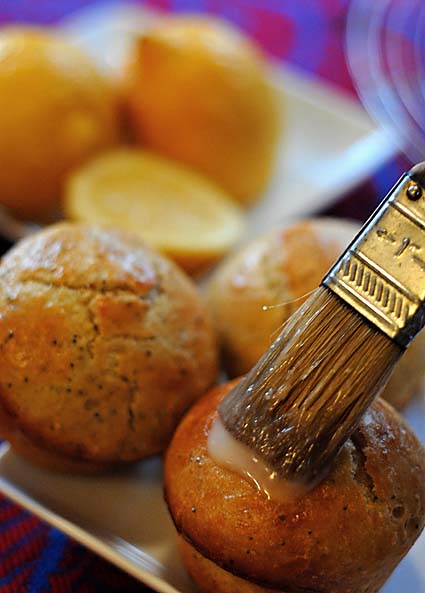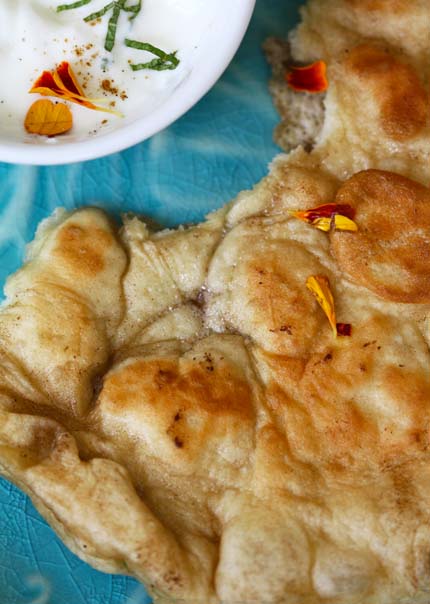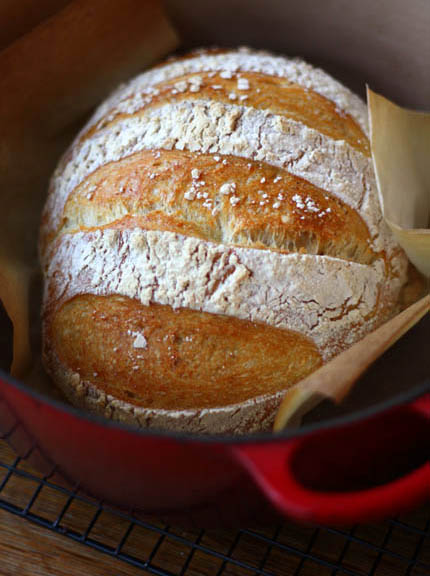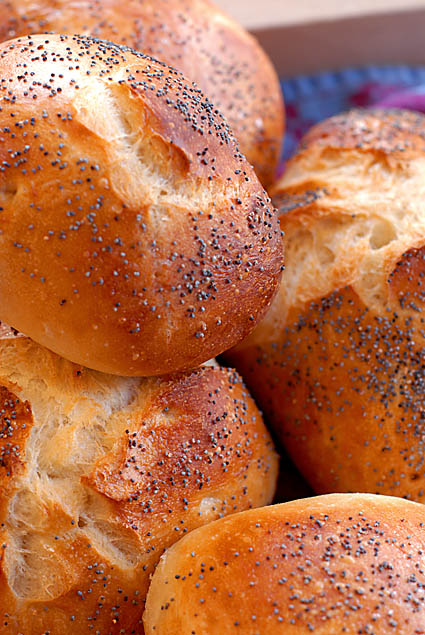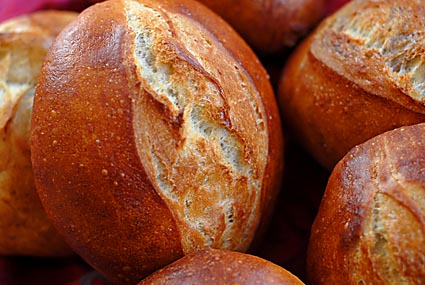Blueberry Lemon Curd Ring
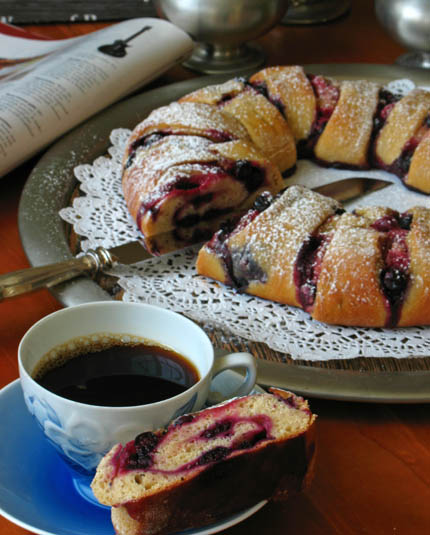
Many people have written in to ask about assembling the Blueberry Lemon Curd Ring from page 228. I already had a bucket of Brioche dough, and some lemons rolling around in my refrigerator, so this ring was simple to throw together. The brightness of the lemon and berries is perfect folded into the rich Brioche dough. The ring is simple enough to make on any day of the week, but so impressive that you can serve it on special occasions.
The brightness of the lemon and berries is perfect folded into the rich Brioche dough. The ring is simple enough to make on any day of the week, but so impressive that you can serve it on special occasions.






